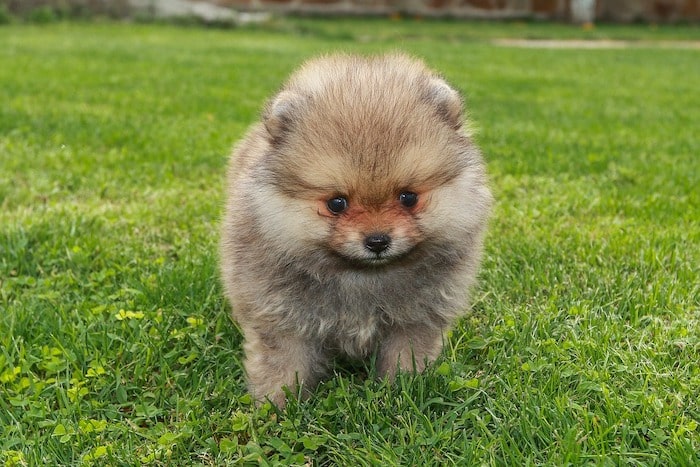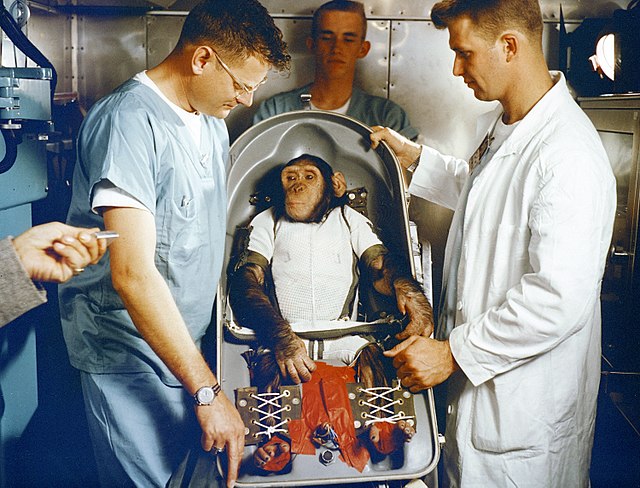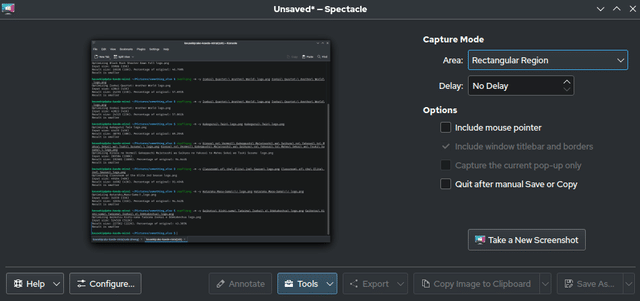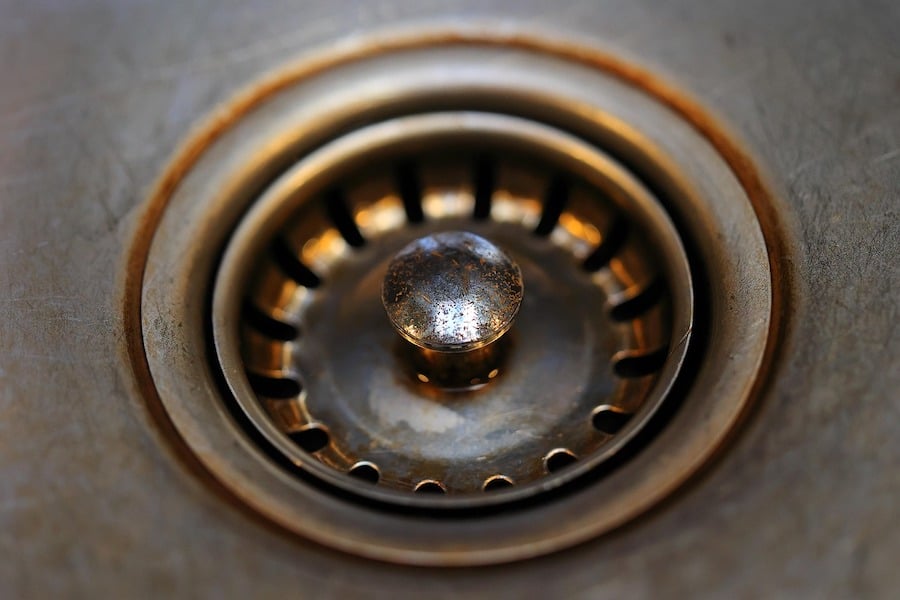A puppy is like a tiny, fluffy tornado of curiosity, full of energy, mischief, and sharp teeth. While their playful nips might seem harmless at first, those needle-like bites can quickly turn cuddle sessions into painful experiences.
But don’t worry: biting is natural for puppies, and with patience and the right techniques, you can teach them to channel their chewing instincts into better habits. This 10-step guide walks you through simple, science-backed methods to transform your land shark into a gentle, well-mannered companion. Let’s dive in!
- Step 1: Understand Why Puppies Bite
- Step 2: Use Positive Reinforcement
- Step 3: Redirect Biting to Toys
- Step 4: Teach Bite Inhibition with “Ouch!”
- Step 5: Socialize Your Puppy Early
- Step 6: Avoid Harsh Punishment
- Step 7: Stay Consistent with Training
- Step 8: Provide Exercise and Mental Stimulation
- Step 9: Use Time-Outs Strategically
- Step 10: Know When to Call a Professional
- Tools to Have on Hand
- Common Mistakes to Avoid
- Conclusion
Step 1: Understand Why Puppies Bite
Why Puppies Bite
Puppies bite for three main reasons:
- Exploration: Puppies use their mouths like humans use hands—to investigate textures, tastes, and objects.
- Teething: Between 3–6 months old, puppies lose baby teeth. Chewing relieves gum pain.
- Play: Puppies learn bite control through play-fighting with siblings. If they separated too early, they would miss this lesson.
What Not to Do
Never punish biting with yelling, hitting, or rubbing their nose. This creates fear or aggression. Instead, stay calm and guide them gently.
Step 2: Use Positive Reinforcement
How It Works
Reward good behavior instantly to create positive associations. For example:
- When your puppy licks instead of bites, say: “Good dog!” and offer a treat.
- If they chew a toy instead of your shoe, praise them enthusiastically.
Pro Tips
- Use high-value treats (e.g., small bits of chicken or cheese) for faster learning.
- Keep training sessions short (5–10 minutes) to hold their attention.
Step 3: Redirect Biting to Toys

The Swap Trick
- When your puppy nips your hand, say “No bite” in a calm, firm voice.
- Immediately offer a chew toy instead. Say: “Chew this!” and praise them when they take it.
Best Toys for Teething Puppies
- Rubber toys: Kongs or Nylabones (freeze them for extra soothing power).
- Rope toys: Great for tug-of-war (teaches bite control).
- Edible chews: Bully sticks or frozen carrots (supervise to prevent choking).
Why It Works
Redirecting teaches your puppy what’s acceptable to bite. Consistency is key, so always have toys within reach.
Step 4: Teach Bite Inhibition with “Ouch!”
Mimic Littermates
Puppies learn bite strength from yelps during play. You can replicate this:
- When your puppy bites too hard, yelp “OUCH!” loudly (like a startled puppy).
- Freeze and ignore them for 10–20 seconds. Turn away or leave the room briefly.
- If they calm down, resume play. If they bite again, repeat the process.
Gradual Progress
Start by reacting to hard bites, then gradually respond to softer ones.; this teaches them to be gentle.
Common Mistake
Avoid overreacting with high-pitched squeals; this might excite them and worsen biting.
Step 5: Socialize Your Puppy Early
Why Socialization Matters
Puppies learn manners by interacting with other dogs. Well-socialized pups are less likely to bite out of fear or frustration.
How to Socialize Safely
- Puppy playdates: Invite friends with vaccinated, calm dogs.
- Puppy classes: Trainers supervise play and correct rough behavior.
- Dog parks: Wait until your puppy is fully vaccinated (usually 16 weeks).
What to Watch For
If another dog corrects your puppy (e.g., a growl or snap), let it happen; this is how they learn boundaries.
Step 6: Avoid Harsh Punishment

Why Punishment Fails
Yelling, hitting, or alpha rolls (forcing a dog onto its back) can:
- Damage trust.
- Increase fear-based aggression.
- Make biting worse.
Better Alternatives
- Time-outs: Leave the room for 30 seconds to show biting ends playtime.
- Withdraw attention: Fold your arms, avoid eye contact, and stay silent until they calm down.
Step 7: Stay Consistent with Training
Household Rules
Ensure everyone uses the same commands and reactions. For example:
- All family members say “No bite” when redirecting to a toy.
- No one allows nibbling on hands, even if it “doesn’t hurt.”
Track Progress
Keep a journal to note when biting decreases. Celebrate small victories!
Step 8: Provide Exercise and Mental Stimulation
Tire Them Out
A tired puppy is a well-behaved puppy. Aim for:
- Physical exercise: 20–30 minutes of play, twice daily (adjust by breed).
- Mental exercise: Training sessions, puzzle toys, or hide-and-seek with treats.
Boredom Busters
- Stuff a Kong with peanut butter and freeze it.
- Scatter kibble in the yard for a “sniffing safari.”
Step 9: Use Time-Outs Strategically

How to Do It Right
- After a bite, say “Too bad” in a neutral tone.
- Place your puppy in a quiet, safe area (e.g., a playpen) for 1–2 minutes.
- Release them once they’re calm.
Avoid Overusing Time-Outs
Reserve this for persistent biting. Too many time-outs can cause anxiety.
Step 10: Know When to Call a Professional
Red Flags
Seek help if your puppy:
- Bites aggressively (growling, lunging, raised fur).
- Doesn’t improve by 6 months old.
- Seems fearful or reactive in other situations.
Who Can Help
- Certified trainers: Look for credentials like CPDT-KA.
- Veterinarians: Rule out pain or medical issues causing aggression.
Tools to Have on Hand
- Chew toys: Rotate them weekly to keep your puppy interested.
- Treat pouch: Wear it during playtime for quick rewards.
- Baby gates: Create puppy-safe zones to manage behavior.
Common Mistakes to Avoid
- Playing Rough: Wrestling or hand games teach puppies to bite skin.
- Inconsistency: Letting bites slide “just once” confuses your puppy.
- Skipping Socialization: Isolated puppies often develop fear-based biting.
Conclusion
Training a puppy not to bite is like gardening; it takes time, patience, and daily care. Some days you’ll see blooms of progress; other days, you’ll wonder if those teeth will ever soften. But trust the process. With love, consistency, and a well-stocked toy box, your puppy will grow into a dog who greets the world with kisses, not nips. Soon enough, you’ll miss those chaotic puppy days… but not the bite marks!
If you enjoyed this article, don’t forget to leave us a comment and share. You can also check out our Animal Facts or check our Facts Database.





